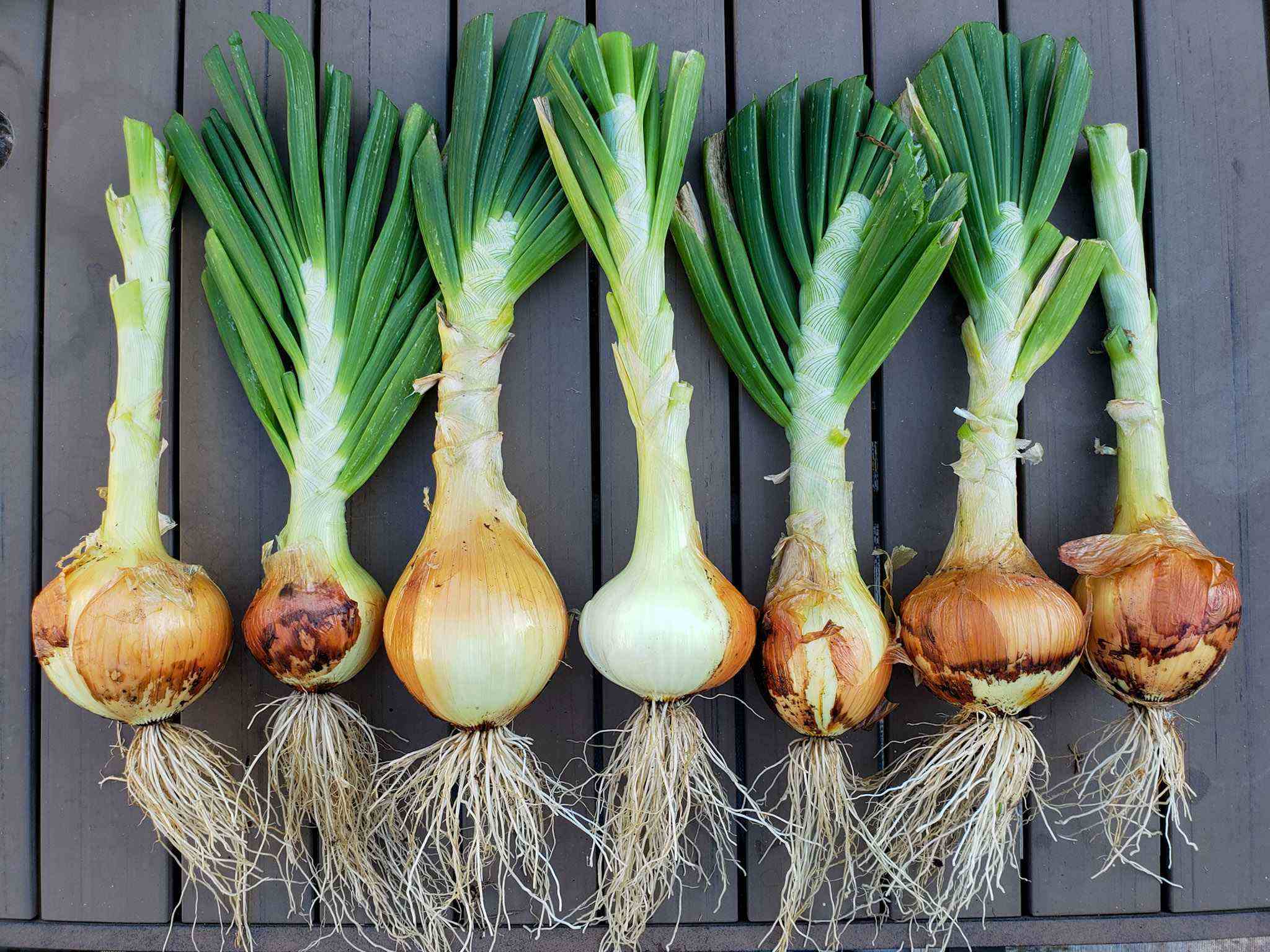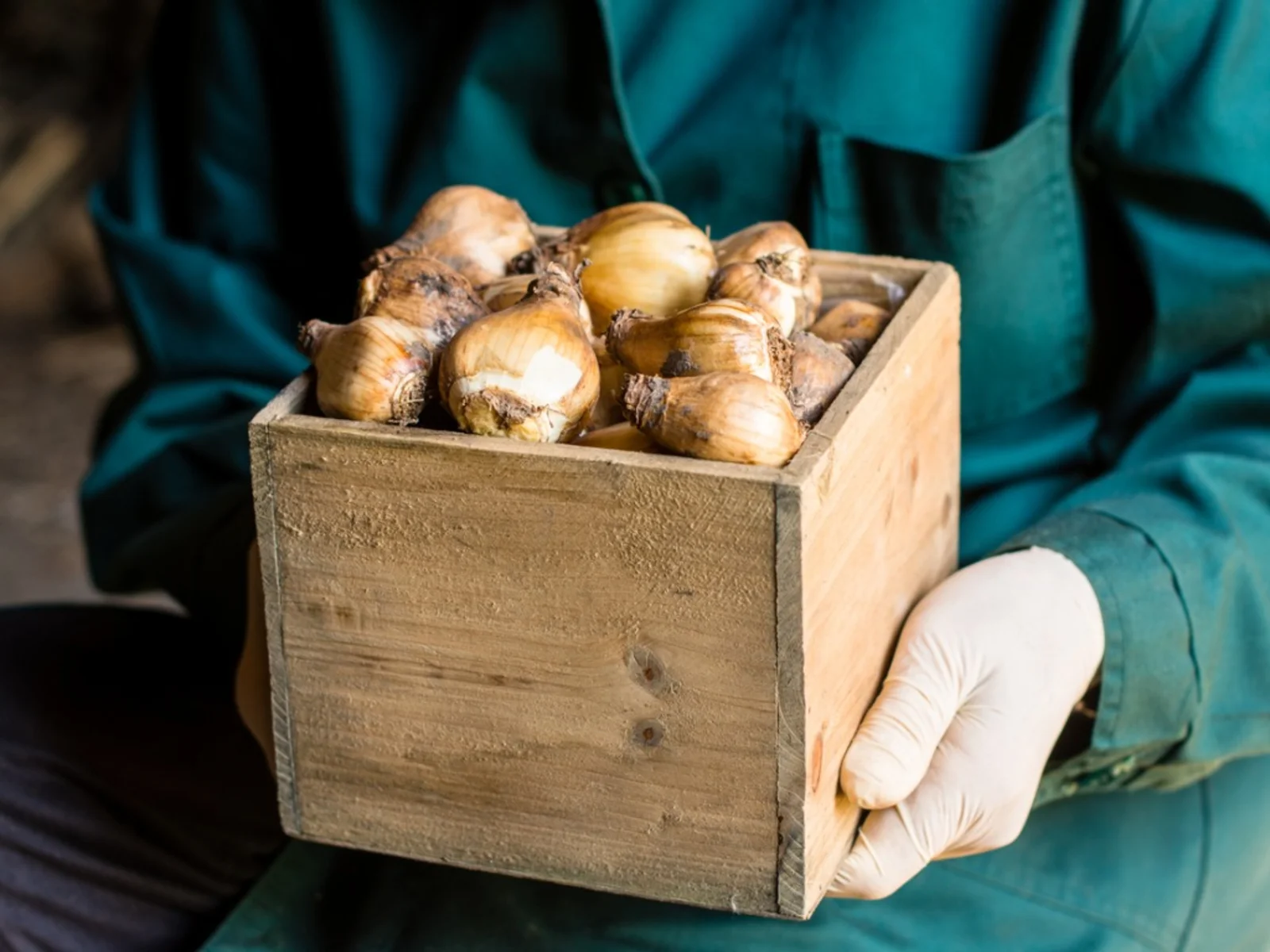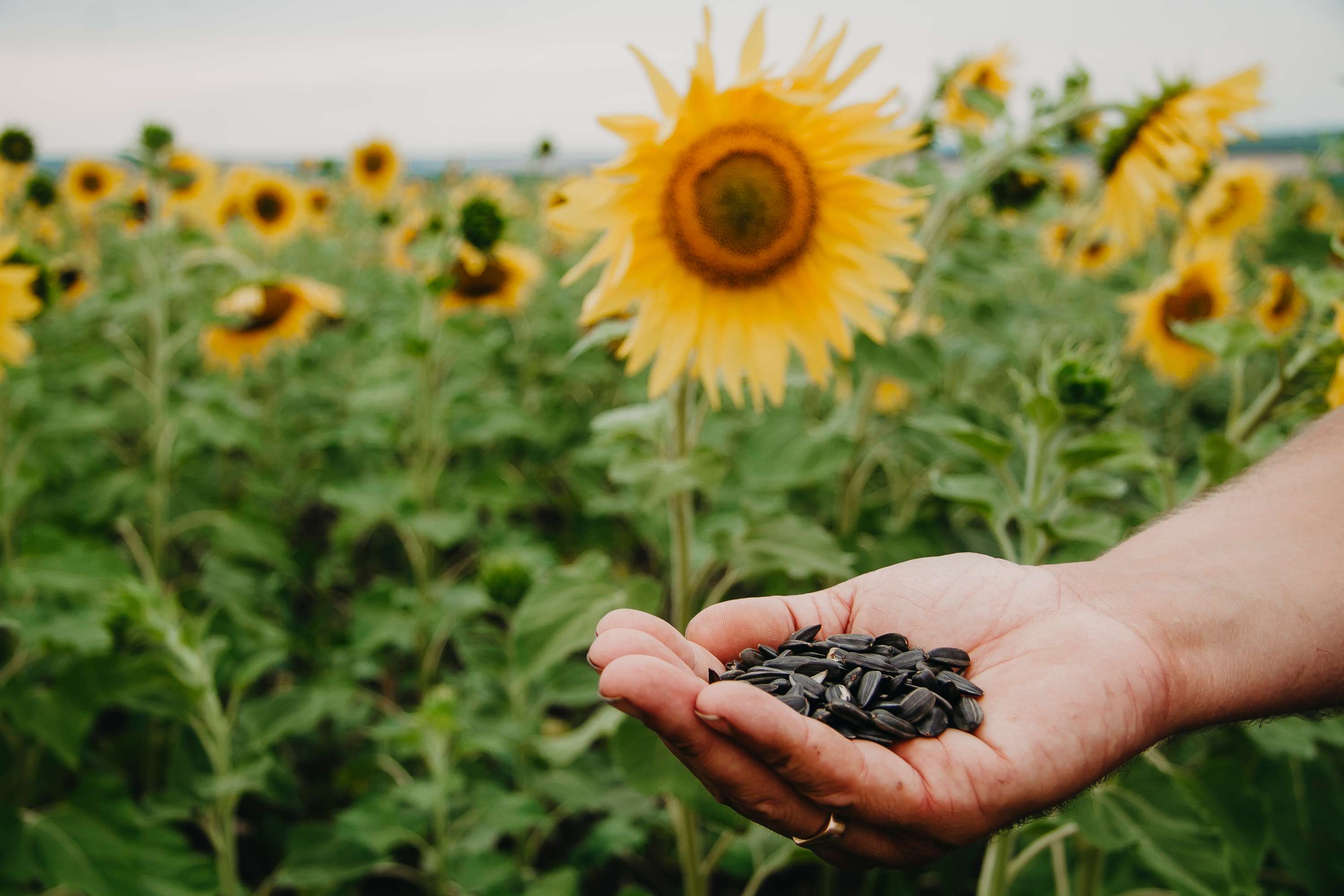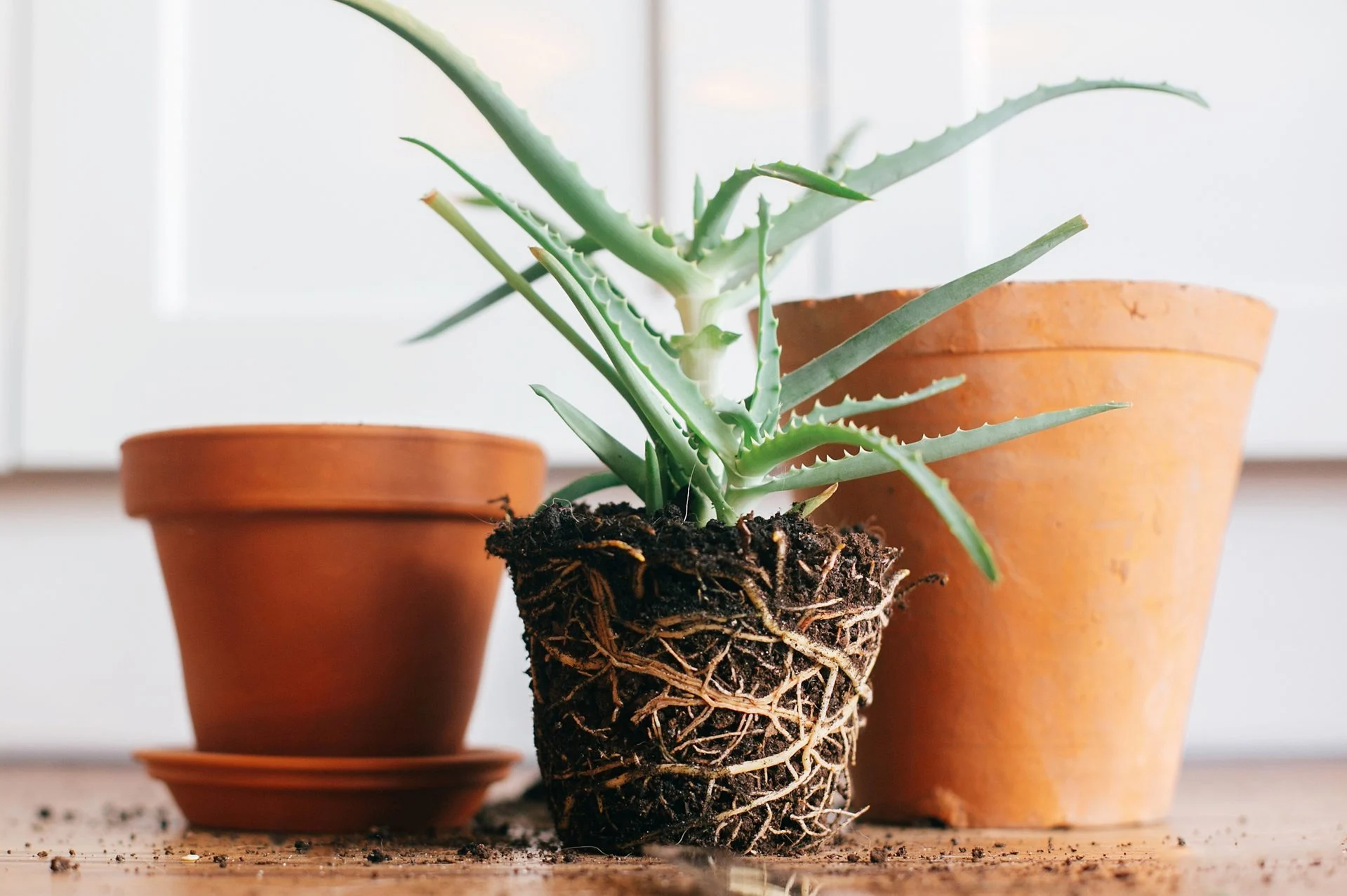Home>Gardening Techniques>Plant Care>How To Keep Bare Root Plants Before Planting


Plant Care
How To Keep Bare Root Plants Before Planting
Published: August 28, 2023
Learn how to properly care for bare root plants before planting. Follow these essential steps to ensure the health and success of your plants.
(Many of the links in this article redirect to a specific reviewed product. Your purchase of these products through affiliate links helps to generate commission for Chicagolandgardening.com, at no extra cost. Learn more)
Table of Contents
Introduction
Welcome to the world of gardening, where the joy of nurturing and watching plants grow is unmatched. Whether you are an experienced gardener or just starting out, taking care of your plants is essential for their health and vitality. One crucial aspect of plant care is knowing how to properly keep bare root plants before planting them in the ground.
Bare root plants are plants that are sold without soil around their roots. They are typically dormant and are often less expensive than potted plants. Bare root plants are commonly used for various species, including trees, shrubs, and perennials. Before planting, it is crucial to handle them with care and provide optimum storage conditions to ensure their survival and successful growth.
In this guide, we will explore the importance of properly storing bare root plants and provide a step-by-step process to help you keep them in top condition before planting. By following these tips, you will increase the chances of your bare root plants thriving and establishing themselves in their new environment.
Why Bare Root Plants?
Bare root plants offer several advantages over potted or container-grown plants. Understanding these benefits will help you make an informed decision when choosing plants for your garden. Here are a few reasons why bare root plants are worth considering:
- Cost-effective: Bare root plants are often less expensive than potted plants, making them a budget-friendly option for those looking to grow a thriving garden without breaking the bank.
- Easy to Transport: Due to the absence of soil and bulky containers, bare root plants are lighter and more compact, making them easier to transport and handle. This is especially useful when ordering plants online or transporting them from a nursery.
- Greater Variety: Many plant varieties are available only as bare root plants, allowing gardeners to explore a wider range of options when selecting their desired species.
- Easier Establishment: Bare root plants have a higher chance of establishing quickly and developing sturdy root systems. This is because they are less likely to encounter issues such as root-bound conditions that potted plants may experience.
- Flexibility in Planting Time: Bare root plants are typically sold during the dormant season, allowing gardeners to plant them at the ideal time for their specific plant species. This flexibility increases the chances of successful establishment and healthy growth.
Now that you understand the advantages of bare root plants, it is essential to ensure their proper storage before planting. The next section will highlight the significance of proper storage to maintain the vitality and health of these plants.
The Importance of Proper Storage
Proper storage of bare root plants is crucial for their survival and successful transplantation. These plants are in a dormant state and require specific conditions to retain their vitality until planting. Here are the key reasons why proper storage is essential:
- Preserves Plant Health: By providing the right storage conditions, you can prevent the drying out or damage of the plant’s root system. This helps maintain the overall health and viability of the plant, ensuring it has the best chance of thriving in its new location.
- Reduces Transplant Shock: Transplanting can be stressful for plants, and they may experience shock as they adjust to their new environment. Properly stored bare root plants have a higher chance of an easier transition, reducing the risk of transplant shock.
- Prolongs Dormancy: Bare root plants are dormant, and proper storage ensures that they remain in this state until planting. This is important for maintaining the plant’s energy reserves and preventing premature growth before it is ready for the new planting site.
- Facilitates Planning and Preparation: Proper storage allows gardeners to plan and prepare their planting site in advance. It provides flexibility in timing and ensures that the planting area is ready to receive the bare root plants when they are at their optimal condition.
- Increases Success Rate: Investing time and effort in proper storage significantly increases the success rate of transplanting bare root plants. By providing the right environment, you are giving the plant the best chance to thrive and grow successfully.
Now that you understand the importance of proper storage, let’s delve into the steps you can take to keep your bare root plants in optimal condition before you plant them.
Steps to Keep Bare Root Plants Before Planting
Properly storing bare root plants is a crucial step in ensuring their successful growth and establishment. Follow these steps to keep your bare root plants in optimal condition before planting:
- Inspect the Plants: Before storing the plants, inspect them for any signs of damage, disease, or pest infestation. Remove any damaged or diseased parts and treat any pests accordingly.
- Maintain Moisture: Moisture is critical for the survival of bare root plants. Keep the roots moist by wrapping them in damp sphagnum moss, peat moss, or newspaper. Avoid soaking the roots in water, as this can lead to waterlogged conditions.
- Provide Adequate Air Circulation: Proper air circulation helps prevent mold and mildew formation. Place the bare root plants in a well-ventilated area, ensuring they are not tightly packed together.
- Store in a Cool Location: Bare root plants should be stored in a cool location, ideally between 32-40°F (0-4°C). Avoid exposure to freezing temperatures or direct sunlight, as this can cause damage to the plants.
- Choose the Right Storage Containers: Use breathable containers such as burlap sacks or plastic bags with air holes to store bare root plants. This allows for proper airflow and prevents the buildup of excess moisture.
- Label and Organize: Keep track of the plant varieties by labeling each container or bag. This will help you easily identify and retrieve the desired plants when it comes time for planting.
- Monitor Regularly: Regularly check on the stored bare root plants to ensure they remain moist but not too wet. Inspect for any signs of disease or rot and promptly address any issues that arise.
- Plant in a Timely Manner: Try to plant the bare root plants as soon as possible. If you need to store them for an extended period, consider heel-in planting, where the roots are temporarily planted in a trench or mound of moist soil.
By following these steps, you can ensure that your bare root plants remain healthy, hydrated, and in optimal condition until you are ready to plant them in their permanent location.










